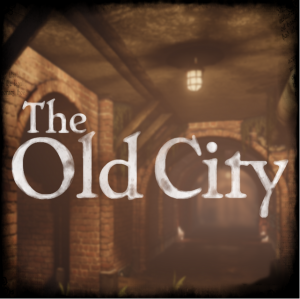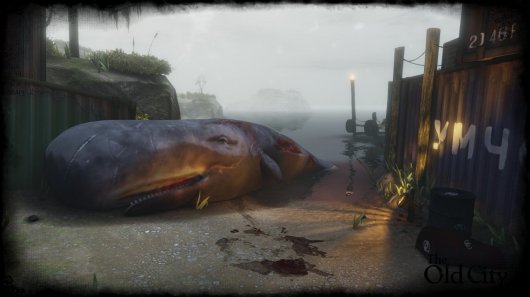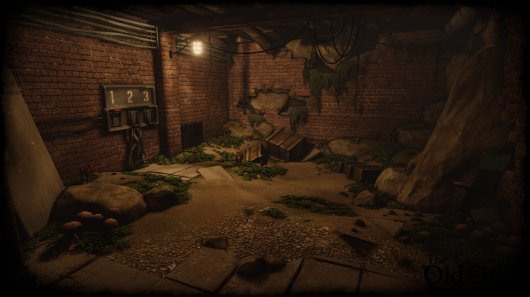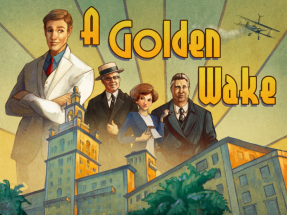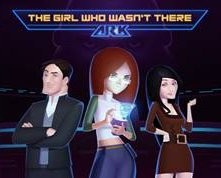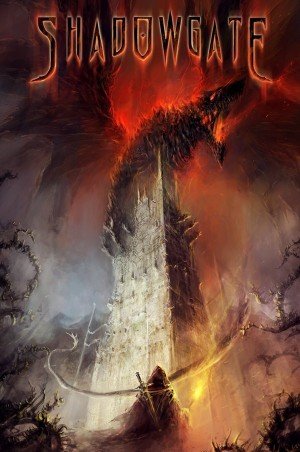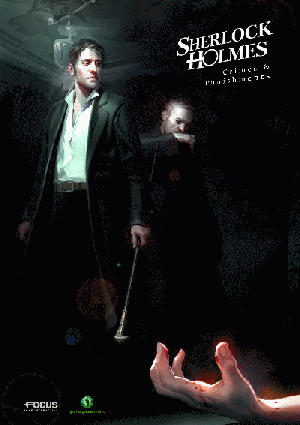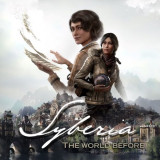Review for The Old City: Leviathan
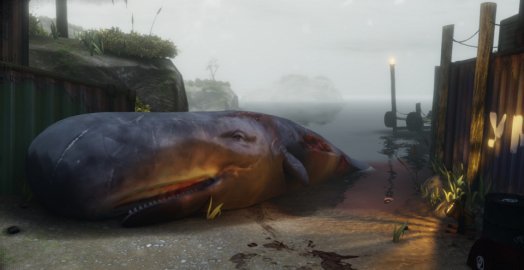
The Old City: Leviathan belongs to the burgeoning story-driven exploration subgenre pioneered by the divisive Dear Esther and exemplified by games like Gone Home and Proteus, interactive experiences that put a premium on atmosphere and narrative over puzzles or action – even to the point of cutting out these other elements altogether. The result has sparked heated debates as well as some of the more interesting experimental games in recent history, an honor to which The Old City seemingly aspires. It mostly succeeds, too, though it offers a less distinct impression than the games whose template clearly inspired it.
This is a game where you walk and look and listen in free-roaming first-person. There are no puzzles, no characters to converse with or fight, and no platforms to surmount. Over the course of ten chapters, you'll explore a variety of areas – mostly sewers – and observe stuff. Occasionally, at scripted points, the narrator will speak briefly. The only controls besides WASD movement keys are use, jump, and zoom, all of which are needed only rarely. You can interact with doors, some of which open, and with the mysterious green boxes found in each chapter that unlock notes by another character that fill in details of the world. And that's it.
On a surface level, The Old City is about a survivor in a post-apocalyptic world. After an unexplained calamity, the remaining humans left the cities and restored a semblance of order to society by splitting into various ideological groups kept in balance by a council. These groups are given confusingly interchangeable names like The Guild and The Order, which is either very intentional or very lazy. Those who existed outside the groups were dubbed Minotaurs and sent to live in a labyrinthine (get it?) sewer system. The council controls rations of sustenance in the form of "clean water" pumped out from The Source, warning others away from “unclean water” of dubious origin. Your character, accompanied by an unseen, unheard entity he calls Leviathan, is attempting to reach The Source in The Old City.
Or something. I think. This game's weird.
Helpfully, you’re informed up front that you are stepping into the mind of a deeply misanthropic schizophrenic. That explains why the game's reality is confusing and unreliable, with messages displayed on the walls, corpses appearing on repeat visits to certain areas, and incongruous architecture such as a child’s playroom placed in the middle of a sewer system. The narrative reflects this confusion as well. The Old City has a story, but it is deliberately obfuscated in an attempt to model the fragmented perception of a schizophrenic mind. That is, until you encounter notes (one in each chapter) by a side character who exhaustively gives not only his own novella-length backstory, but also explains nearly the entire plot in no uncertain terms. These entries are absurdly long, with many taking ten minutes to read in their entirety. They are also so rambling that I started skimming them, only to realize that I had missed critical explanations of key plot points buried amidst the thousands of extraneous words.
The writing isn't bad – it ranges from inoffensive armchair philosophizing to smart and scathing indictments of modern society – but it is often so abstract in nature that it doesn't give you a reason to engage. The game is so concerned with its aloof strangeness that I never found myself caring a whit about anyone I encountered. To be fair, the game literally opens with a message declaring that neither your character nor the people he refers to are likeable, but the unavoidable consequence is that I felt no concern for even a single person in the game.
As someone who felt deeply compelled by Dear Esther – a metaphorical journey that similarly lacked a concrete narrative – I wondered why my interest in The Old City waned by the end. Perhaps stories like that reach a point of diminishing returns. The Old City is a couple of hours longer than Dear Esther, and by the end its brand of solemn, weirder-than-thou storytelling that seemed so intriguing at first had worn thin. I can only imagine the same would have happened in a game like Dear Esther or Proteus, but by the time you might have tired of them, they'd made their point and moved on.
There's also a constant sneaking feeling that you're missing out on part of the story, even accounting for the intentional vagueness. The levels are maze-like and contain a number of branching paths. Points of interest are scattered throughout in a non-linear fashion, which adds to the sense that you're exploring rather than being led along, except that there is rarely an indication of which path leads toward the end of the level. Often all it takes to trigger the next chapter is to open a nondescript door or walk down a particular hallway and – boom! – loading screen… then the next chapter begins in a totally new area. This makes it very easy to accidentally leave a chapter long before you've finished exploring, simply because you chose the wrong (or right) path at random. It's possible that I missed significant chunks of content, but there's no way to know without replaying, and there's not enough reason to replay the parts I did experience to want to do that.
But at least it's pretty. Gosh, it's pretty. The Old City, despite running on the rapidly aging Unreal Development Kit, contains some absolutely gorgeous scenery. Ethereal lighting, dense foliage, strange glyphs, and haunting sculptures populate the environment. Textures are generally very intricate, and every area is rich with detail. Even sewers, which are normally shorthand for boring filler in most games, are visually stimulating here, with notable touches like foliage growing along the wire of a chain-link fence, or the etched graffiti of deranged “Minotaurs.” The way the visuals effortlessly combine realism and surrealism reminds me of Myst. Dour industrial sites blend into fantastical floating cities and fairy tale forests, and it all looks amazing. The lighting, in particular, is some of the best I’ve ever seen from this engine, with light filtering through thick haze, and mesh gratings throwing shadows on the wall. All this detail makes exploration a joy most of the time, which is good because that's pretty much all you'll be doing.
The audio work is minimalist but solid. Music is rare, but when it appears it's appropriately somber and moody. The lone voice actor does fine work, carrying the game emotionally and sounding convincingly detached from reality. There aren't many sound effects due to the static nature of the world, but the atmospheric audio is subtle and effective at placing you deep underground or in a dream-world sky-city.
The Old City: Leviathan is a heftier game than I imagined, or at least, it feels like it. It only took me three hours to get through, but it felt like more. That may be due to the way the game is split into several chapters, or due to the copious amount of reading that frequently stalls forward momentum. In a way I wish it had been shorter; then I might still retain my more positive early impression. It's not that the game gets worse as you go. The level of quality stays constant throughout. It's just that I saw almost everything it had to offer before the halfway point, and then the game kept going. Without a more compelling (or at least intelligible) narrative or mechanical hook, a game like this grows increasingly tiresome. But while the novelty lasts, it’s certainly an intriguing world to explore. And gosh is it pretty.


